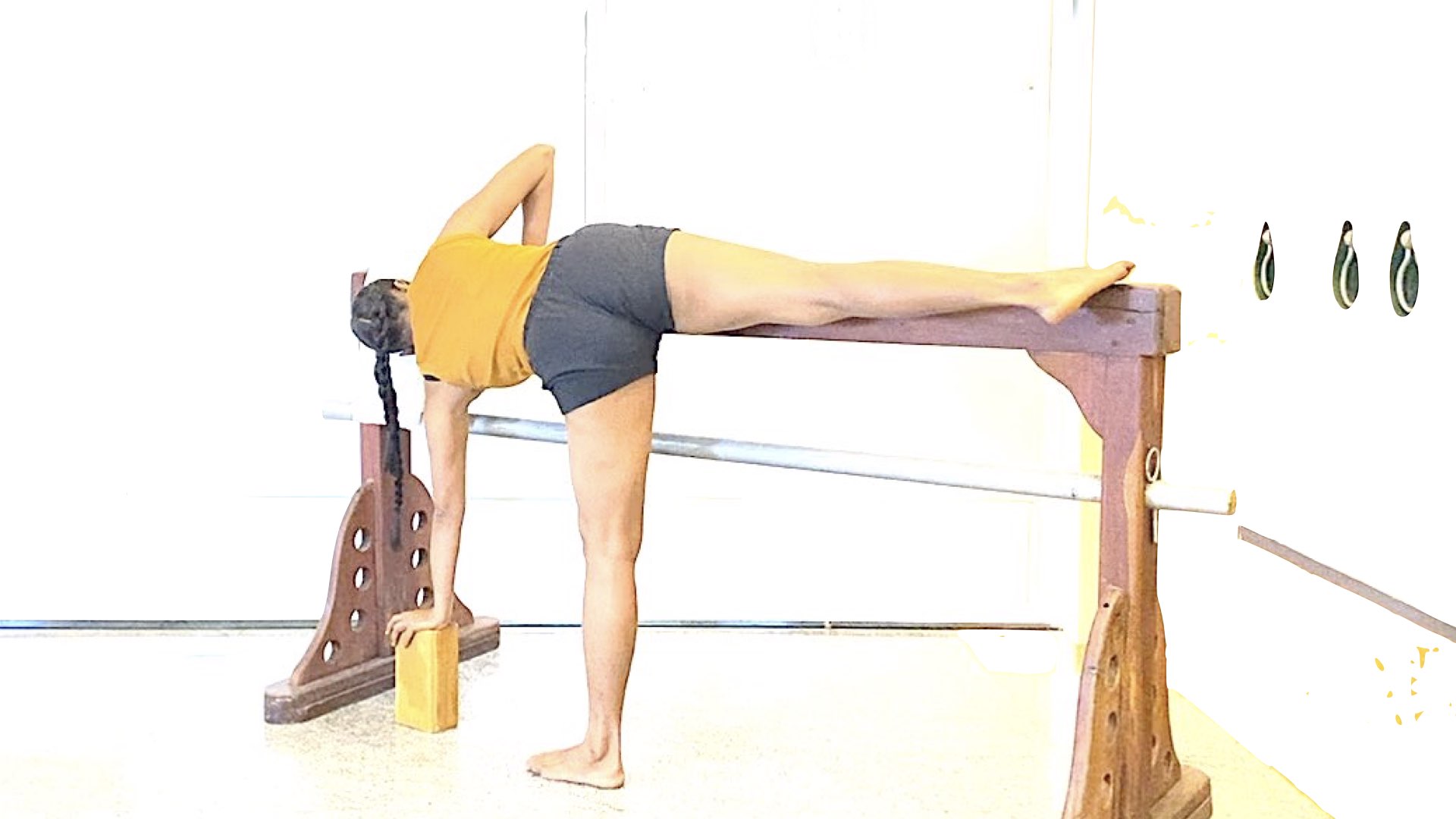
Practice for Peri-menopause/ Menopause: The Softening, Widening and Surrendering Practice, Part I
The Softening, Widening, and Surrendering Practice addresses many the symptoms from the *spectrum of symptoms seen during the peri-menopausal years. Most of the asanas in this session are suitable for practice during the days of menstruation (except the segment of inversions). The Lifting, Elongating and Energising Practice is recommended as a complement to this practice. This practice is divided into Part I and Part II only to keep the durations of the recordings practice-friendly. When familiar with the practice, Part I and II may be done in continuation. They may also be broken into smaller chunks for shorter practice sessions (you will find some of these shorter sessions on our portal as well).
This recording is part of the Short Course Practice for Peri-menopause/ Menopause. While there is nothing wrong in doing this as a stand-alone sessions, we strongly recommend working with all the recordings in the short course to gain a balanced understanding of this practice. In addition, the Short Course Principles of Womens' Practice is also recommended.
Level: Experienced, Beginner, Intermediate, Gentle
Duration: 75 mins.
Props needed: this is prop-intensive session. A couple bolsters (or an equivalent stack of firm blankets) two blocks, a belt, a sturdy chair/ table/ bed, access to a wall, will be required.
Tag words: 75mins baddhakonasana menopause mens reproductive health menstrual health menstrual practice perimenopause props prostrate health purvottanasana quiet Stress supported standing asanas supports supta padangusthasana II upavistha konasana womens health womens practice
The perimenopausal period may extend for 10 -20 years. The hormonal shifts begin much before the symptoms become apparent (approx. age 35), and it can be several years after the last period before the hormone levels stabilise (approx. age 55).
Women can have a spectrum of symptoms in the years of peri-menopause. The symptoms can manifest on the body: on bones, muscles, physiology. The symptoms may also manifest at a mental and emotional level. Further, the intensity of such symptoms can vary widely. At any time during the peri-menopausal period, women may find that physical practices that worked for them earlier, no longer work adequately – while some practices start to harm rather than benefit, some do not address the mental and emotional symptoms, and some just become too exhausting.
The path of yoga can be a boon to women at this time. The practices of asana, pranayama, and meditative practices work on all levels. Asana practice during the perimenopausal years has to be a judicious mix of actions that maintain muscle mass, bone density, pelvic and abdominal tone, heart and brain health, and also addresses fatigue, hot flashes, sleeplessness and emotional disturbances. In other words, the asana practice should activate and energise, and also enable deep rest and recovery.
Note:
– Women during menstruation are advised not to practice abdominal actions, twists, strong back arches, jumping, or any other tiring asanas
– We make use of props in this practice. If you are an asana practitioner but are not used to working with props, please pay close attention to how the props are being used. If you are a beginner, please do this under supervision of a trained instructor. For home practice, household object and furniture can be used, even if the exact props are not available.
– In the interest of keeping the recording to a manageable duration, this recording does not include adaptations for ailments/ injuries like back/ knee/ shoulder etc. If you have any such pre-conditions, please work with caution.
Spectrum of peri-menopause symptoms:
- Changes in the regularity, and the flow of the menstrual cycle
- Mood changes – feeling anxious/ irritable/ depressed/ emotional
- Difficulty sleeping/ insomnia
- Fatigue
- Headaches
- Loss in bone density increasing chances of fractures, osteoporosis
- Joint stiffness, aches and pains
- Loss of muscle mass
- Weakening of the pelvic support structures, increasing the risk of pelvic organ prolapse
- Change in fat distribution with more fat accumulating around the abdominal area
- Women’s advantage over men in terms of cardiovascular disease gradually disappears, increasing chances of heart attacks
- Palpitations – heartbeats that suddenly become more noticeable
- Vaginal dryness/ discomfort during sex/ reduced sex drive (libido)
- Incontinence
- Recurrent urinary tract infections (UTIs)/ cystitis
- Hot flushes – short, sudden feelings of heat, usually in the face, neck and chest, which can make your skin red and sweaty
- Night sweats – hot flushes that occur at night
- Feelings of loss of self/ loss of self confidence/ ‘drive’
- Problems with memory and concentration/ ‘brain fog’
- Changes in skin conditions, including dryness or increase in oiliness and onset of adult acne
- Hair loss/ thinning
- Increase in facial hair
- Tinnitus








